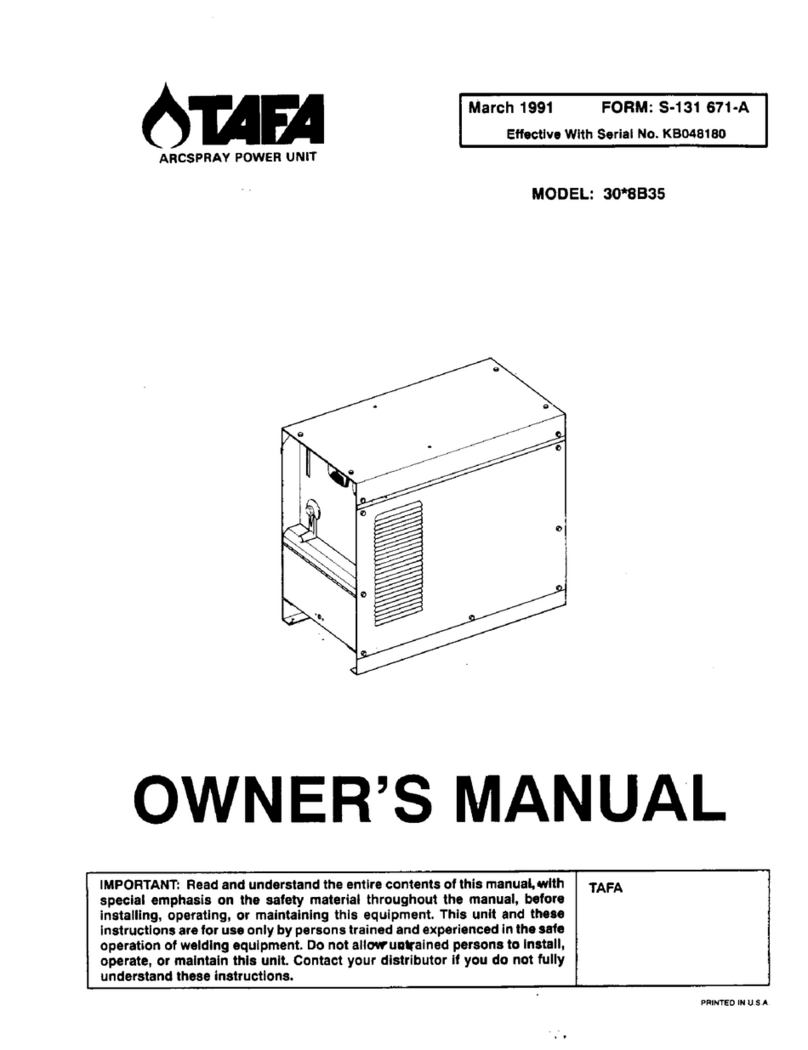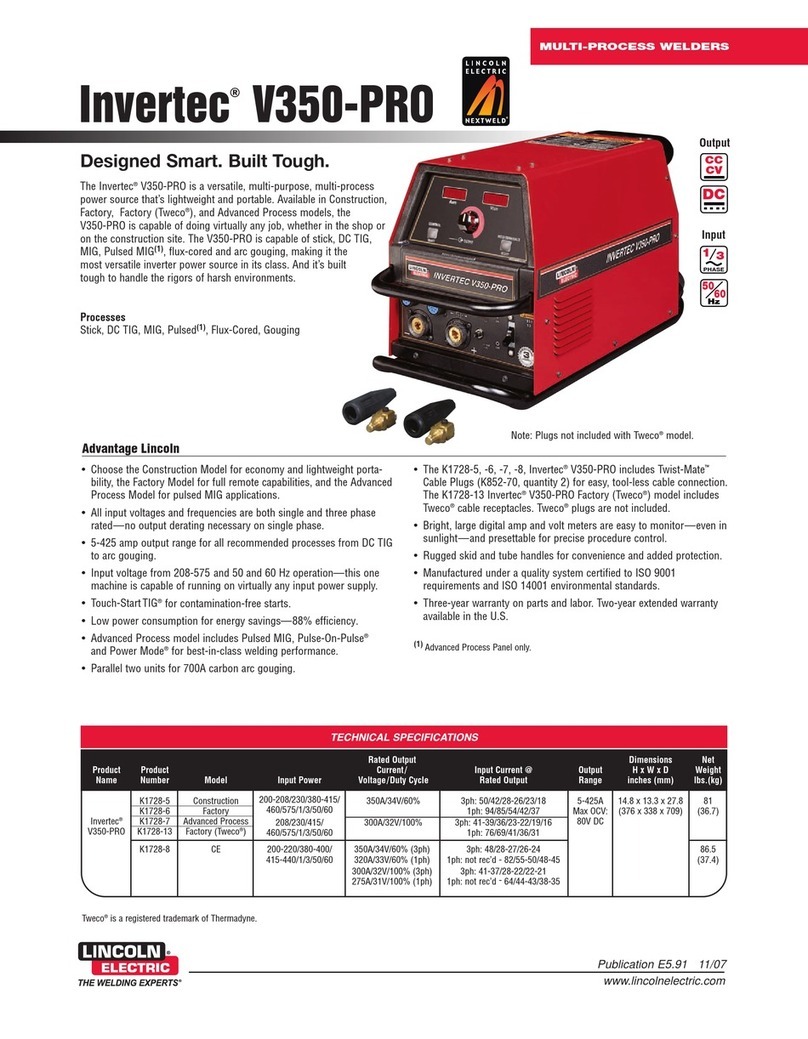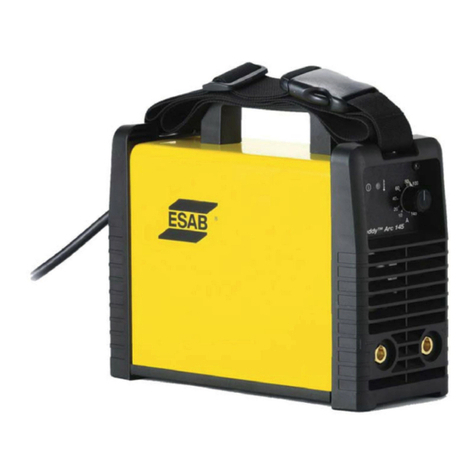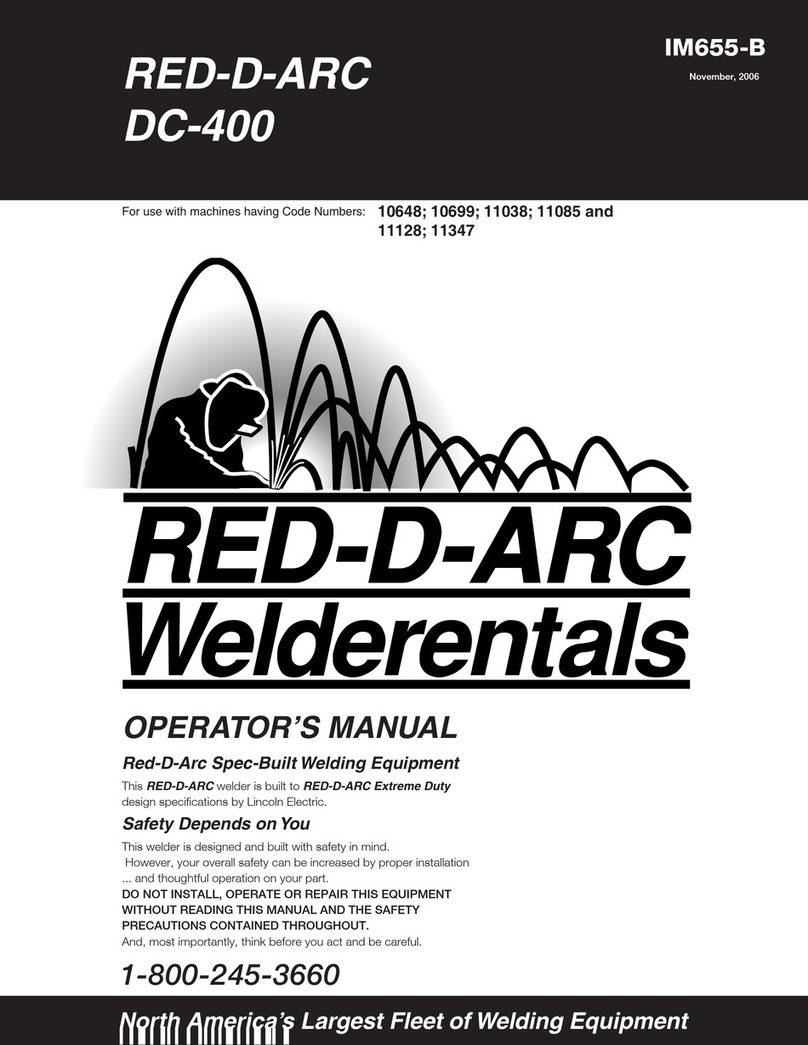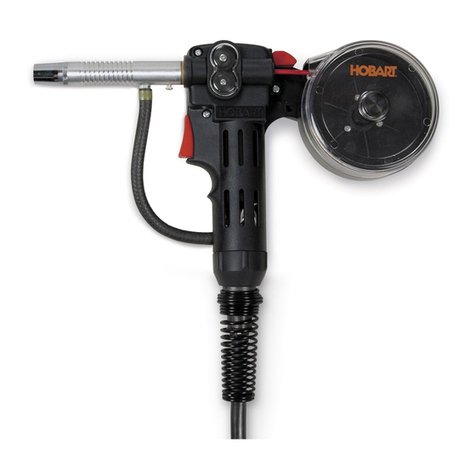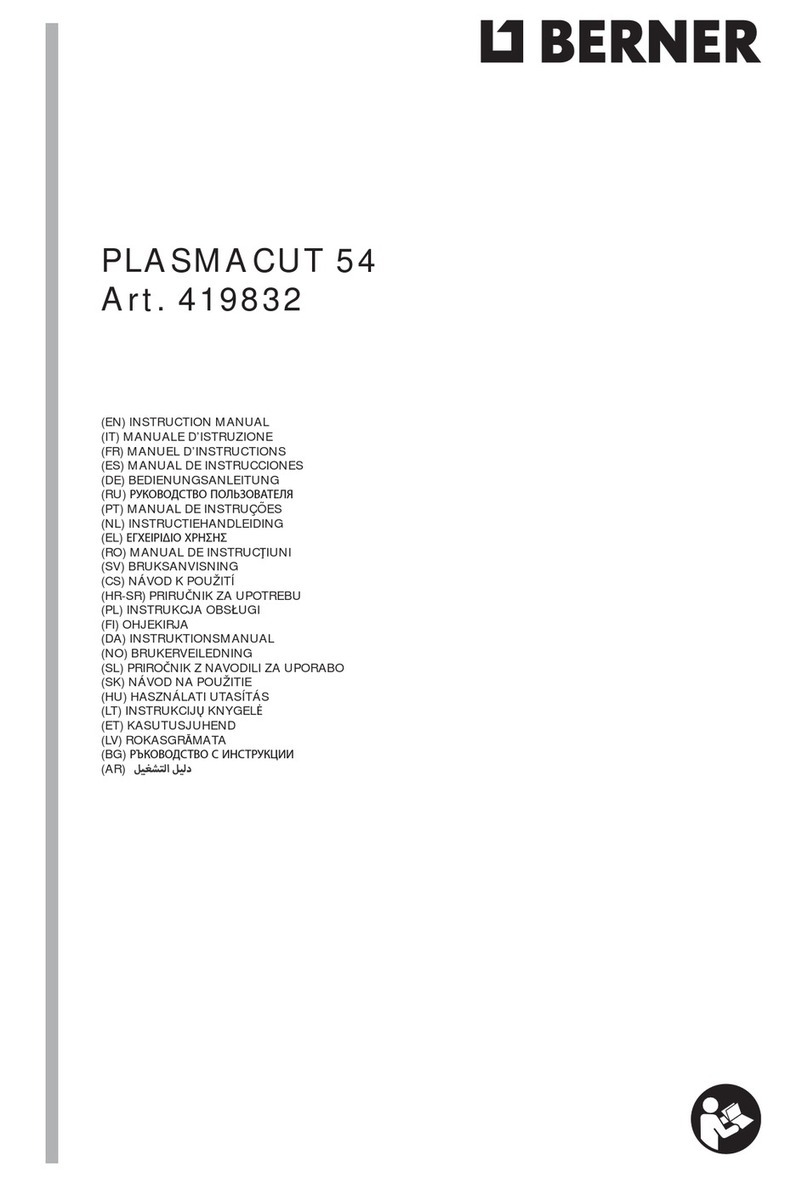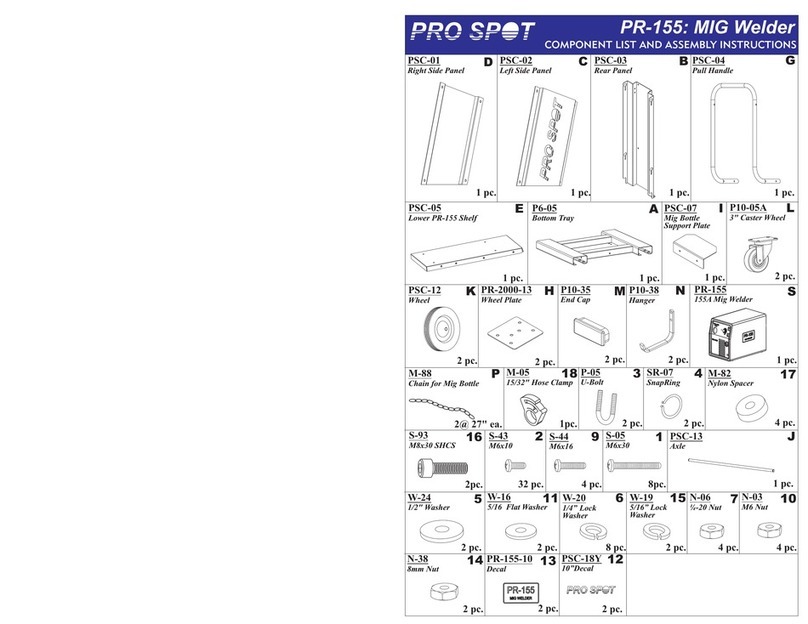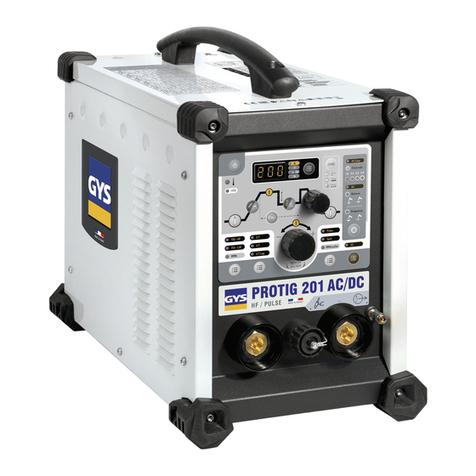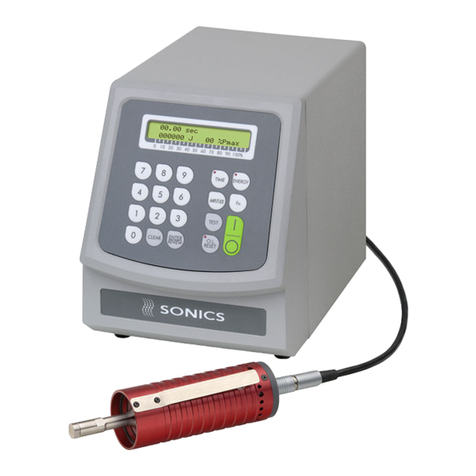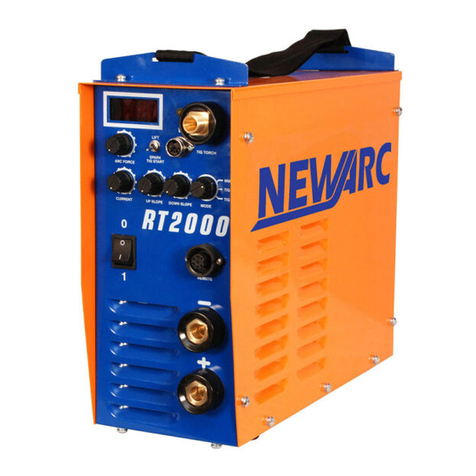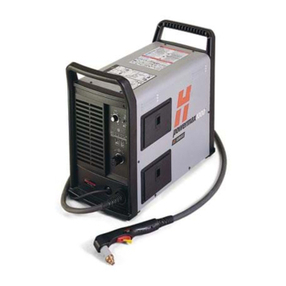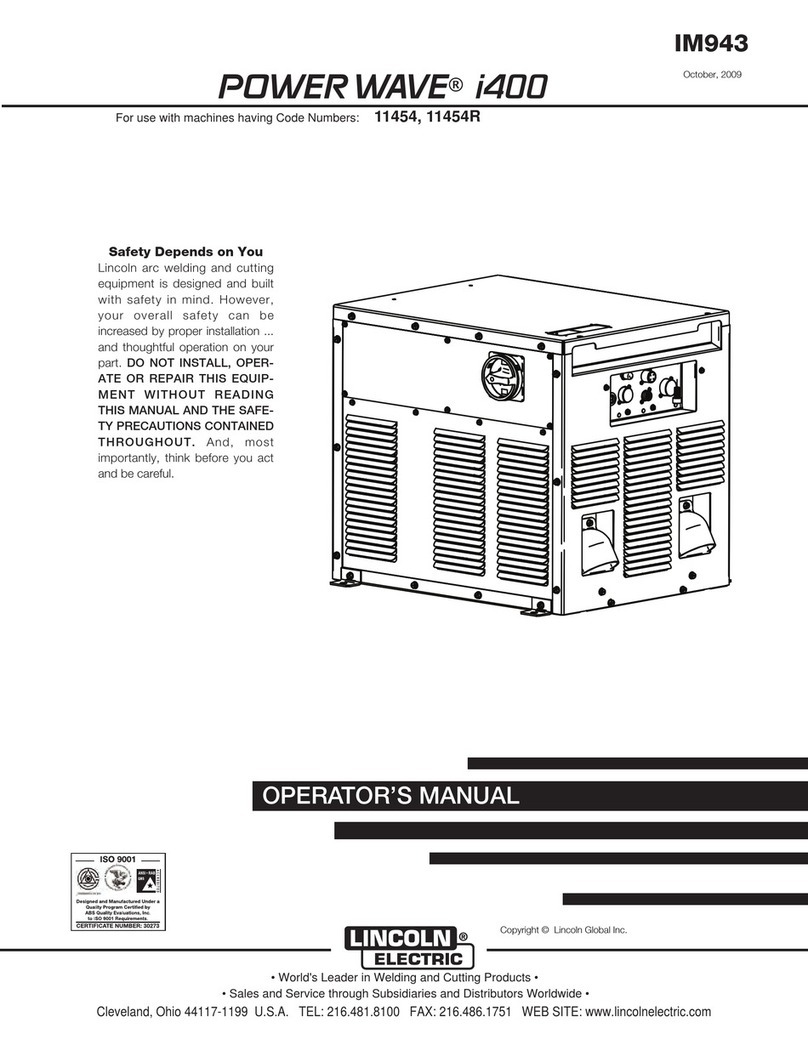ii
WARRANTY
Thermopatch Corporation, Syracuse, New York ("Seller") warrants this product to be free from defects in
material and workmanship under normal use and service. Any part which proves to be defective in
material or workmanship within one (1) year of the date of original purchase for use will be repaired or
replaced, at Seller's option, free of service or labor charges, with a new or functionally operative part.
Seller's liability under the Warranty shall be limited to repairing or replacing at its own factory or through
an authorized service distributor or dealer, material which is determined by Seller to have been defective
in manufacture and upon which a claim has been made by the original purchaser or user to Seller (or an
authorized distributor or dealer) within the warranty period. Claims under this Warranty will be honored
only upon written approval by an authorized officer of Seller. Approved return of parts or products will
be on a prepaid transportation charges basis only. Claims under this Warranty will be honored only upon
Seller's determination that the claim is covered by this Warranty, and Seller shall incur no obligation
under this Warranty prior to such determination. This Warranty does not apply: (1) To any machinery or
equipment which has been altered or repaired, except by Seller or its authorized representatives, or (2) to
any machinery or equipment which has been subject to misuse, negligence, or accident, including,
without limitation, use and operation of such machinery or equipment while parts are loose, broken, out
of order, or damaged by the elements. Parts replaced under this Warranty are warranted only through the
remainder of the original Warranty. Any and all claims for warranty service must include such
information as Seller designates, and shall include specifically the serial number of each unit (if
appropriate).
The foregoing shall constitute the sole and exclusive remedy of any using purchaser and the sole and
exclusive liability of Seller in connection with this product. THIS WARRANTY IS IN LIEU OF ALL
OTHER WARRANTIES, EXPRESS, IMPLIED OR STATUTORY, INCLUDING BUT NOT LIMITED
TO, ANY WARRANTY OF MERCHANTABILITY OR FITNESS AND ALL OTHER OBLIGATIONS
OR LIABILITIES OF SELLER, INCLUDING ANY TORT LIABILITY, FOR NEGLIGENT DESIGN
OR MANUFACTURE OF THIS PRODUCT, OR OTHERWISE. It is expressly agreed that Buyer shall
not be entitled to recover any incidental or consequential damages, as those terms are defined in the
Uniform Commercial Code, and that Buyer shall have no right of rejection or of revocation of acceptance
of any part or of revocation of acceptance of any part or all of the goods covered hereby.
